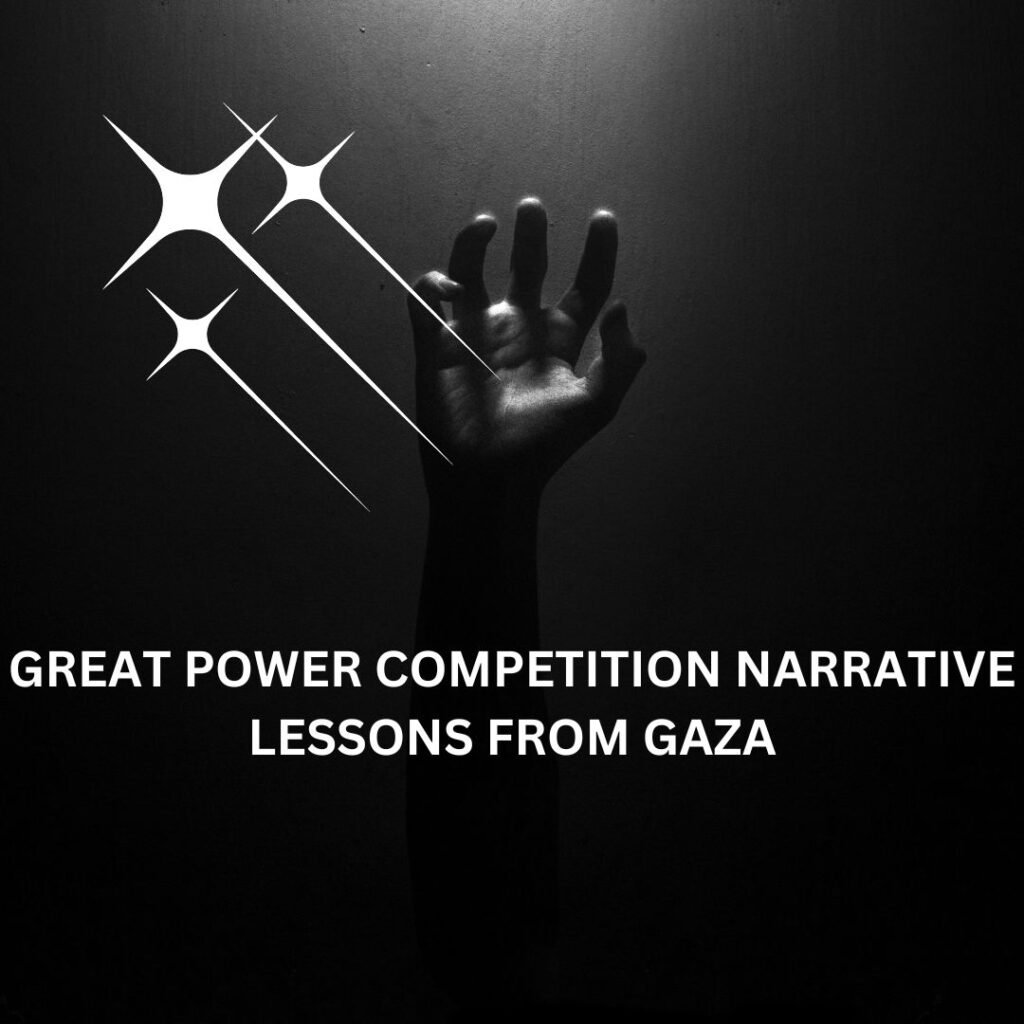Is Eastern Africa threat from the margins? In 2016, Paul Rogers, Professor of Peace Studies at Bradford University, argued in his book ‘Irregular Warfare: ISIS and the new threat from the margins’ that non-state terrorist organizations revolt from the margins due to widening economic divisions, rising global elites, and dangerous environmental constraints. These factors suggest a growing threat, and traditional military responses simply do not suit the purpose.
Eastern Africa Poverty
Eastern Africa faces a threat from the margins as it stands on the verge of a clash between the ‘haves’ and the ‘have nots’. These are poor countries, mostly agriculture based economies, with high unemployment and young population. Of particular concern is the area off the Gulf of Aden and Red Sea. Trouble plagues the region from Somalia to Sudan. Somali piracy has already demonstrated the magnitude of threat that can develop quickly and inertia of international response which takes its own time to synergize and be effective. While the potency of violent extremism has relatively reduced in the region, other particular non-traditional threats such as piracy, drugs and arms smuggling as well as human trafficking are a challenge because of the poor economic outlook of these countries.
According to World Bank and International Monetary Fund statistics of 2023, out of 26 Low Income Countries in the world based on social, economic, environment and institutional factors, seven that include Eritrea, Madagascar, Mozambique, Somalia, Sudan, South Sudan and Yemen exist in the Eastern Africa and Middle East regions. Another way of looking at the same is through Least Developed Countries listed by the United Nations Conference on Trade and Development. Eastern Africa holds the majority of the clustered Least Developed Countries (LDCs) out of the forty-six listed. As of now at least three countries in the region Eritrea, Somalia and Yemen have transitional type governments in very weak state, while conflict in Sudan also has left no singular established authority to be termed as government.
Population and Employment
When assessing a country’s position in terms of population, important factors include not only numbers but also literacy rate, education quality, median age, unemployment rates, and gender equality. The region is generally satisfactory in terms of literacy rates baring few such as Somalia and South Sudan where literacy rate is less than 30 percent. However, in the educational quality index the region lags far behind.
In terms of gender equality, only Mozambique and Madagascar are in the top 50 positions in the world. Somalia, Sudan and South Sudan are among the top 22 countries in terms of population growth rate with South Sudan at No 2 in the world. Somalia, Sudan, South Sudan and Yemen have a median age of less than 20 years. Collective population of more than 104 million implies that more than 50 million young people below the age of 20 are living in these four countries alone. In terms of unemployment most countries have double digit unemployment rates.
Agriculture employs over 70 percent of Somalia’s population and more than 80 percent of the populations in Eritrea, Sudan, South Sudan, and Yemen. Within this region, Djibouti is the country with one of the world’s highest unemployment rates. This is staggering poverty and numerous studies indicate that crime rates are dependent on economic conditions of a society.
What the Regional Countries are Contributing
These assertions are not new. Everyone knows about it. World at large and regional countries in particular do not see it as their problem. Unfortunately, we only consider tackling such issues when it hurts; hurt it will. The United Nations has been one of the major contributors to human development in the region. However, a lack of funding is increasingly curbing its capacity.
More worrying is the fact that the contributions from regional richer countries, which have the largest stakes in stability of the region, are not even among the top 25 contributors to the UN budget, except Saudi Arabia ranked at 17th position as per UN data (United Nations Committee on Contributions, 2023). As per World Giving Index 2023, only the United Arab Emirates is among the top 25; at 15th position.
Based on the latest available statistics of the Office of Economic Cooperation and Development, tables below indicate major regional countries’ contribution in the form of Official Development Assistance (ODA) for U.N. and Bilateral ODA (BODA) in 2021. Figures are based on core and earmarked contributions. Interestingly in the case of BODA, KSA and Kuwait provided collective assistance to Egypt in access of 5.5 Billion USD in 2021.

There will of course be unofficial channels of assistance. Additionally, other Middle Eastern countries employ livelihood seekers from countries of interest. Direct and indirect support also comes from other countries of the world. However, based on these figures one can conclude that through official channels this collective contribution by regional countries is not commensurate with the problems that exist. In addition, in case of ODA and especially the budgets allocated to various U.N. agencies is unlikely to be spent solely in this particular area. Therefore, overall impact is further reduced.
In Conclusion
It is also to be understood that with the pace of changing technology, the populations of these countries are unlikely to be geared for the coming age. It is more likely that they will lag and mostly end up in blue collar jobs; resultantly the difference of inequalities and class in the region will exacerbate. Threat from the margins will enhance.
Therefore, there is a need to evaluate the environment and adopt strategies that can reduce poverty, improve living standards and contribute to development so that Eastern Africa does not continue to be a threat from the margins. It is at the end beneficial for stability and security in the region and national security of other gulf countries. Perhaps the time to do it was yesterday.
About the author






